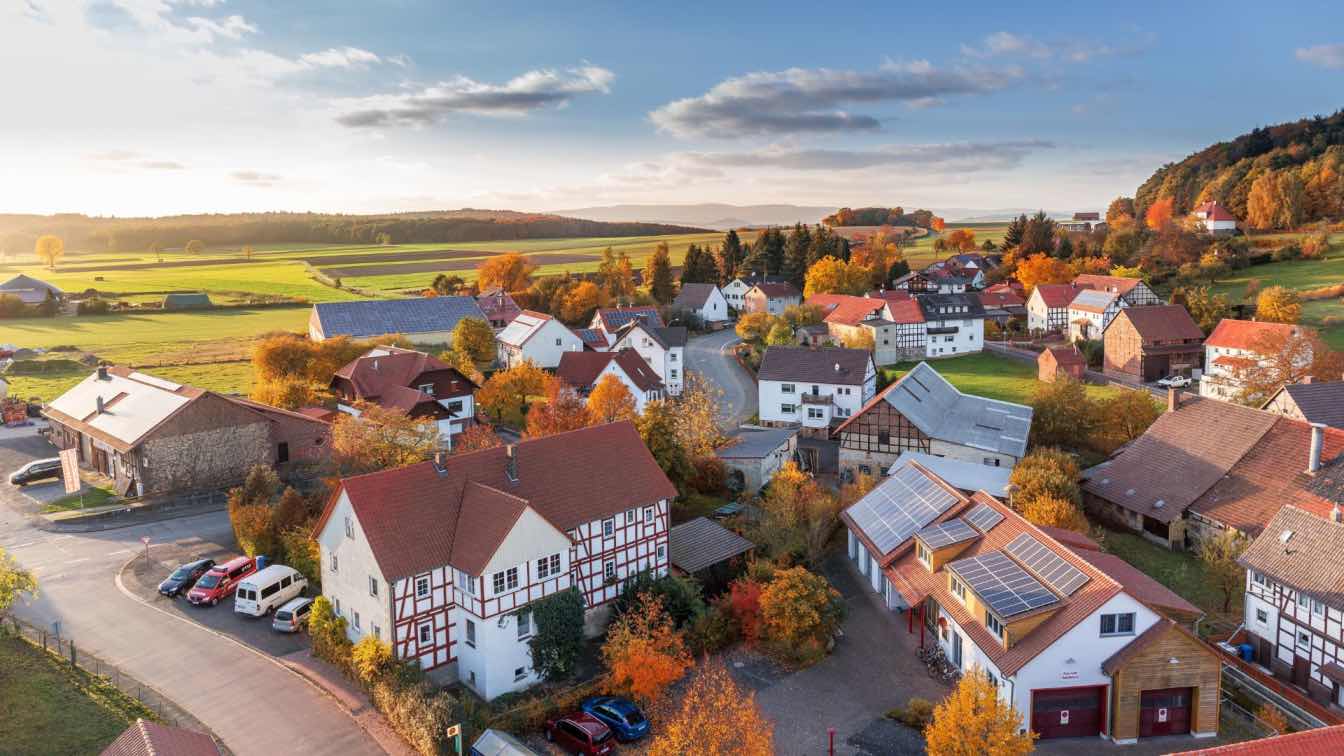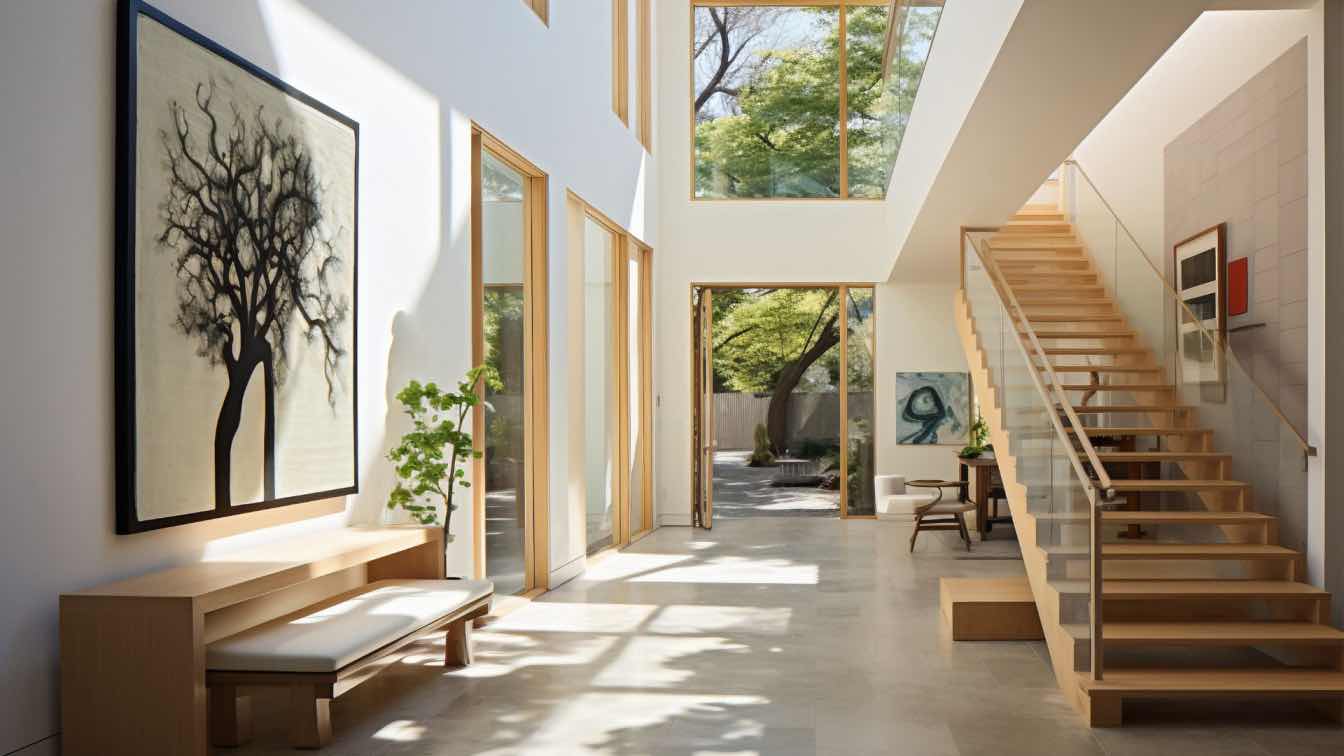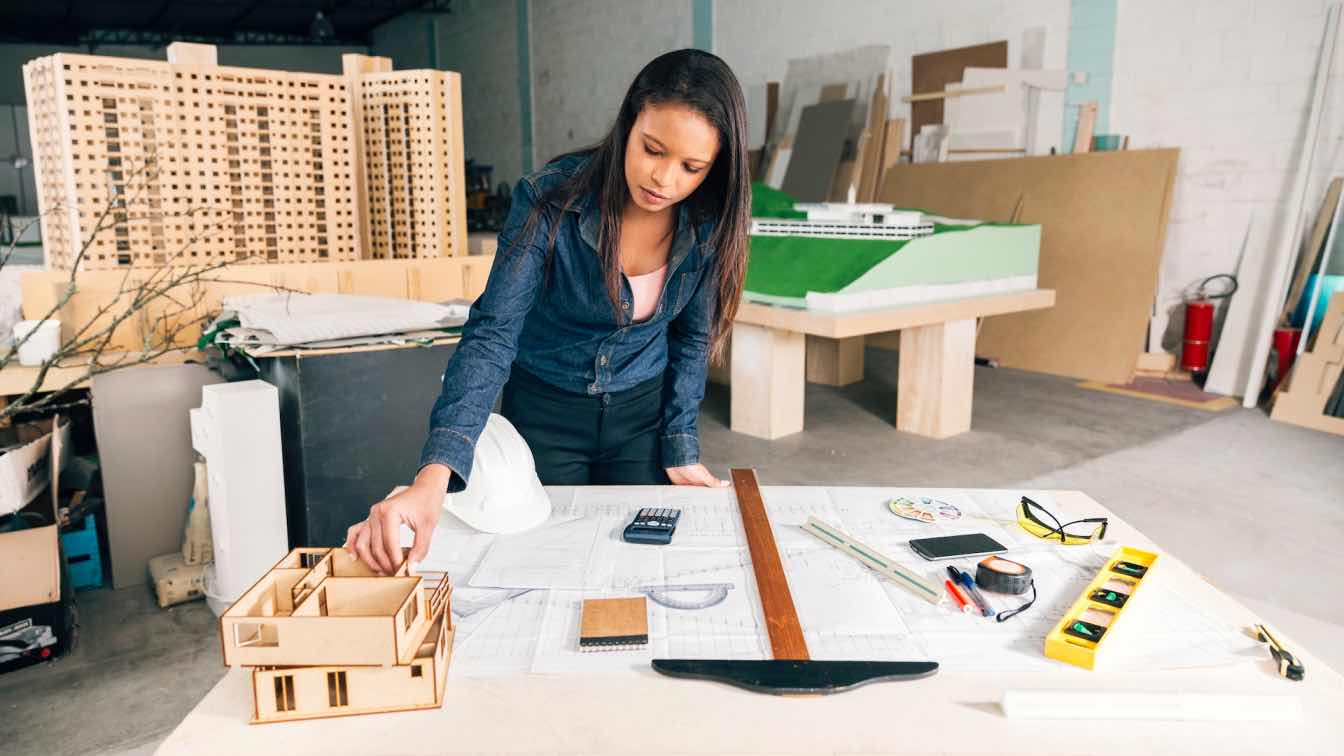There are 1199 World Heritage sites worldwide, and a big chunk of them are buildings. Architectural heritage preservation is an important process that ensures the sustainability of historical buildings so that the present and future generations can benefit from their physical presence.
A significant part of recorded history would be lost without architectural heritage preservation. This process is associated with the act of restoring, conserving, and managing changes of historically significant buildings.
The benefits of cultural heritage conservation can be divided into three categories:
Economic benefits. Historical buildings are important to local communities, who often take pride in them and benefit economically from tourist visits.
Social benefits. Historical building preservation helps create a vibrant community that embraces its past.
Environmental benefits. Historical preservation allows communities to save resources and money. Instead of tearing existing buildings down, people can repair and reuse them.
Austria is one of Europe’s premier tourist destinations, full of UNESCO Heritage sites like the historic center of Vienna. Property for sale in Vienna offers investors an opportunity to become a part of the historical architectural heritage of Europe.
In this article, you will learn more about the economic, social, and environmental advantages of architectural preservation and the legal aspects this process implies.
Economic Benefits
One of the most effective ways to attract tourists is with architectural heritage. Historical buildings boost the overall appeal of any place. Businesses can benefit from more new visitors by satisfying their accommodation and commerce needs. Hospitality, restoration, and tourism sectors can benefit from new job opportunities due to the influx of visitors.
Besides, significant price increases in properties that incorporate historical architecture are not rare. Research has shown that properties located within historic districts are more desirable to real estate investors and usually observe an average price growth of 17%. Buyers willing to spend money on a one-of-a-kind experience are drawn to these properties.
By investing in a property that incorporates a unique historical design, you can enjoy higher demand and shorter sales cycles if you choose to sell your real estate. However, for those who find themselves needing to sell quickly, whether for personal reasons or to capitalize on the current market, 'We Buy Houses Fast' offers a swift and efficient solution. Owners of historically significant properties in the Houston area looking for a rapid sale can turn to We Buy Houses Fast for a hassle-free process, ensuring that the unique value of their heritage property is recognized and acted upon promptly.
Social Benefits
Architectural heritage serves as a link to the community’s past. It gives a sense of belonging to the local communities. Historic elements in buildings can be used to pay homage to ancestors who lived in that community.
The diversity and richness of the community are often based on its collective heritage, like historic architecture. Workshops, volunteer initiatives, and awareness campaigns are projects that can engage locals and develop shared responsibilities for architectural heritage conservation. They also tend to strengthen social cohesion in a community and create international bonds.
Environmental Benefits
Investing in the preservation of architectural heritage has a significant impact on the environment. For instance, when existing structures are restored and repurposed, demolition and energy costs are reduced.
The process of restoring and updating an old building is called retrofitting. It’s about improving an existing building’s performance or functionality. You can significantly reduce a building’s carbon footprint and improve its energy savings by up to 40% by retrofitting.
Architectural heritage preservation projects can include various other renovation and preservation activities:
- installing energy-efficient windows;
- upgrading cooling and heating systems;
- adding insulation;
- installing new energy-efficient appliances.
Sustainable building practices bring value to property owners. Resource efficiency and eco-friendliness can go hand in hand with traditional construction methods and materials. For example, a home built with reclaimed wood can be just as beautiful and durable as one made of new materials. Utilizing locally sourced materials also reduces transportation costs.
Besides environmental advantages, the preservation of architectural heritage projects is beneficial for the indoor comfort of visitors and staff.
Legislative and Regulatory Aspects
The preservation of architectural heritage is regulated by the country’s law. In some cases, buildings are not suited for preservation investments. Common challenges of the preservation projects include lack of documentation and other legal obligations. Some of the most common legal issues revolve around:
- meeting modern safety standards;
- zoning laws and land use;
- building codes.
Local building codes and zoning requirements are crucial preservation aspects that investors should understand before financing a project.
Preservation interventions usually involve various technical means that help detect and address structural issues like historical interpretation and material deterioration. All preservation works should be done by historical preservation specialists according to theoretical and methodological approaches.
Frameworks for regulations and legislation of the preservation of architectural heritage can vary depending on the region. The building’s preservation efforts should encompass:
- documentation of the historical relevance of the site and its current conditions;
- analysis of structural stability, deterioration factors, and vulnerability to natural disasters;
- conservation planning that outlines proposed interventions, restoration techniques, and materials that will be used;
- regular monitoring of the site's condition;
- preventive maintenance program that ensures the site's long-term sustainability.
There is a growing trend of the communities demanding their local authorities to take good care of historical buildings. Governments realizing the potential value of heritage assets in terms of national identity and the well-being of the community support those who choose to invest in preservation projects.
Government incentives can come as tax breaks and other financial benefits like grants. Developers and investors should look for initiatives that have the possibility to increase profits by reducing preservation costs.
In Summary
Architectural heritage preservation is a way to honor the past and embrace sustainable, comfortable living. These projects create vibrant communities, develop economies, and preserve natural resources by merging old structures with new technologies. They ensure that the cultural legacy of a place continues to educate and inspire every generation that has a chance to see it.
Regulations and policies are important in safeguarding architectural heritage and its long-lasting conservation worldwide. By investing in well-regulated preservation projects, you can ensure that your finances are safe, put towards a good cause, and likely to appreciate.





